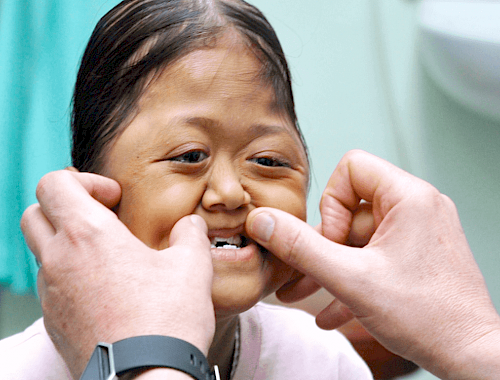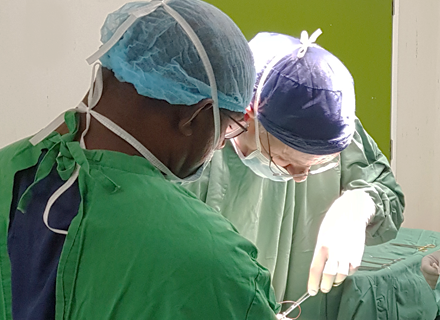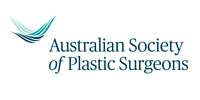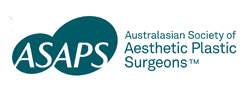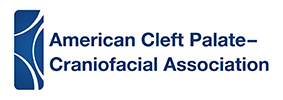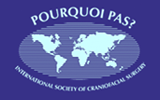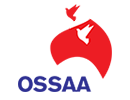Craniosynostosis conditions
The infant skull is comprised of a number of separate bones joined together by fibrous connections, known as sutures. Where one or other, or combinations of these sutures fuse prematurely, they then produce skull growth restrictions and characteristic head shape changes. These are most commonly single suture problems, which are not part of a recognised syndrome. Much less frequently suture fusion, usually multiple occurs as part of a syndrome, where there are other growth disturbances in the midface and eye and upper airway symptoms.
The common craniosynostosis conditions are:
Simple (non-syndromal) craniosynostsoses
These are isolated, non-inherited conditions involving early fusion of a single suture in an infant skull. The appearance of the child with non-syndromic synostosis depends on the specific suture involved.
The most common of these simple synostoses include:
- Sagittal synostosis – scaphocephaly
- Metopic synostosis – trigonocephaly
- Unicoronal synostosis – frontal plagiocephaly
- Bicoronal synostosis – turricephaly / brachycephaly
- Lambdoid synostosis – posterior plagiocephaly
Syndromal craniosynostosis
- Apert syndrome
- Crouzon syndrome
- Muenke syndrome
- Pfeiffer syndrome
- Saethre Chotzen syndrome
Treatment of all these syndromal craniosynostosis conditions are summarised in the management protocols of the Cleft and Craniofacial SA (C&CSA).

